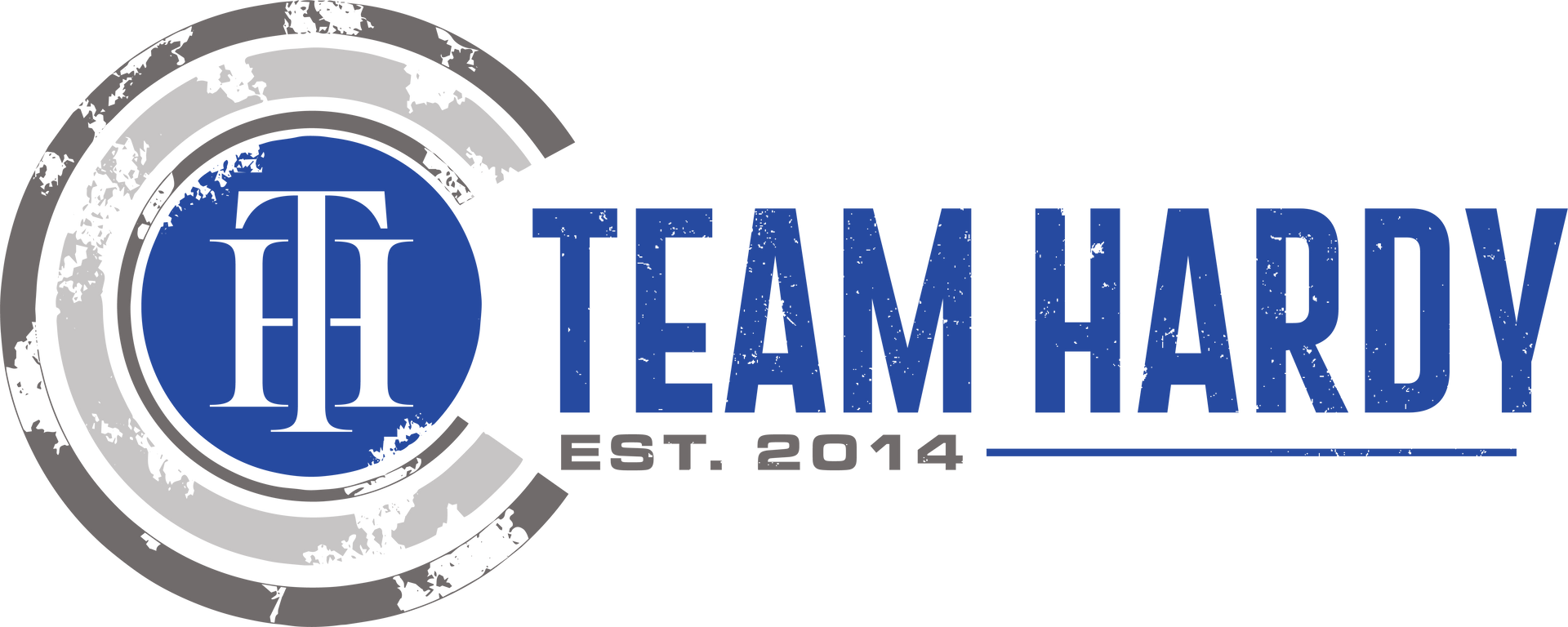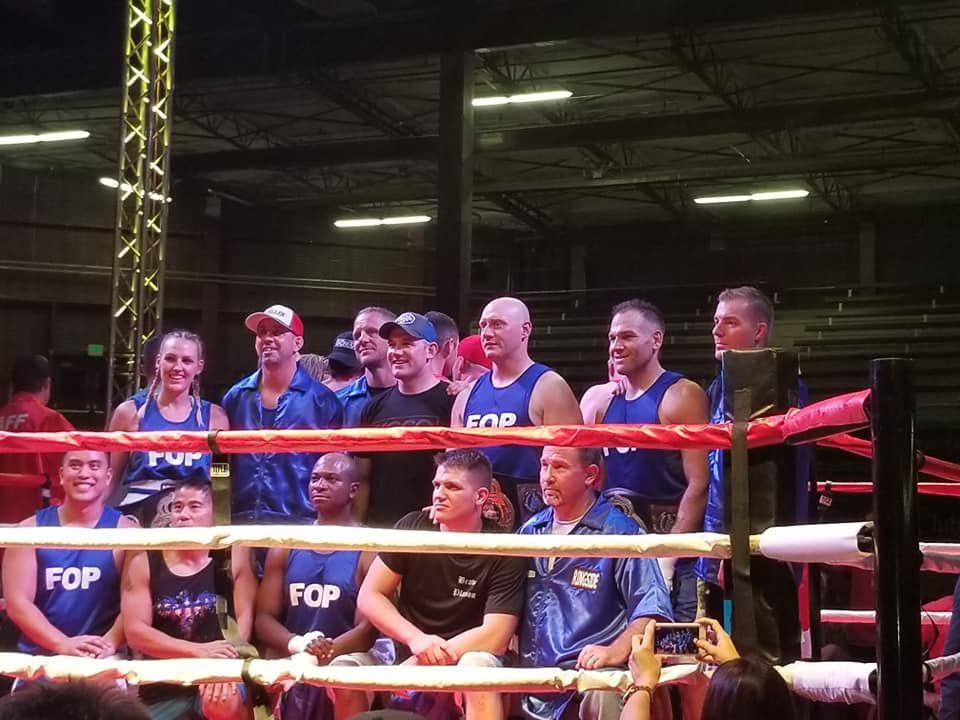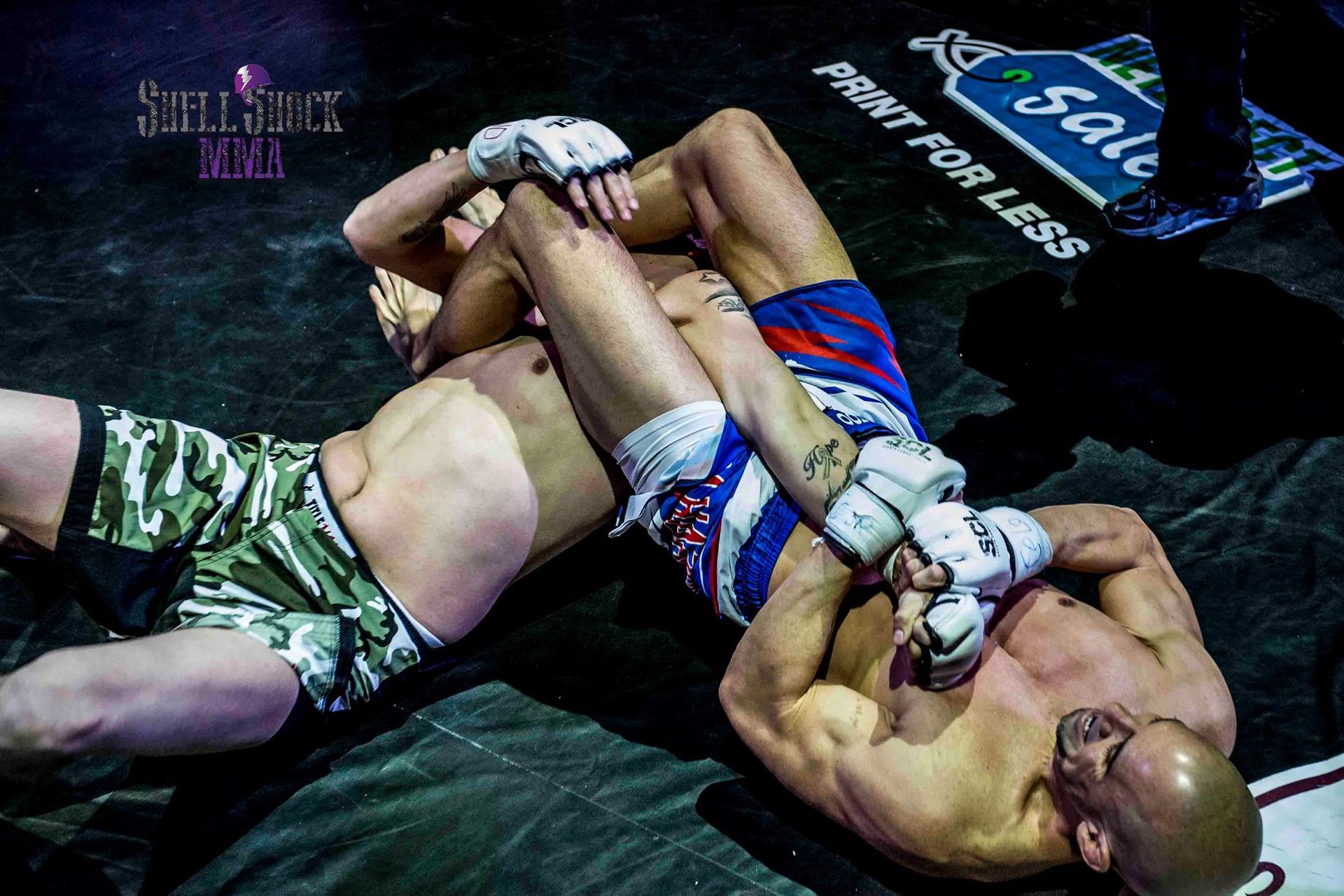OFFICER BODY SLAMMED ON VIDEO
Training Video
Training Debrief
On any video debrief for training whether for coaches or for students in a class is to answer two questions.
1. What level of resistance is the suspect offering? In this case I think we could agree it was “active aggression” meaning the suspect was wanting to fight the officer. He was not passive like a protestor or defensively trying to avoid arrest, he was the aggressor.
2. What level or response are we legally, morally, and ethically allowed to use in this situation? I think we could all agree we could use Taser if we had distance, OC, Impact weapon or our personal weapons (strikes, knees etc.) I did not hear from anyone who thought this was a deadly force situation based only on what we saw.
Here are the most submitted responses from our newsletter audience and our breakdown:
Create Space and Utilize Tools:
First let’s address the stance. Making sure weapon side is back, giving us a wider, deeper base making us that much harder to control and toss. Second, anytime someone’s hands are under ours, we need to be thinking weapon retention first, by pummeling our weapon side arm inside their “underhook”. This would allow us to negate their better position while securing our weapon. Win/Win situation. With the underhook, we can begin to circle towards it and use our leverage to off balance them.
Stay Engaged:
If someone gets double underhooks and we cannot pummel in, we can start negating their leverage by bring our elbows in, wrapping under their arms and trying to get their elbows to meet in their center. This takes away a lot of their power. Secondly, head position.
Just like in our “wedge position” where we use our head to steer theirs, we could make sure we are using our forehead to steer their head to one side or the other, thus starting the process of eliminating options for them. Remember the saying “where the head goes, the body follows”. By winning the battle for head position we can start moving them in a direction that is advantageous for us.
Strikes:
Almost all of you come from a system that allows and trains strikes. Could this officer have went to his elbow strikes (Krav Maga), knee strikes (most systems), brachial stun (PPCT)? In order to effectively strike we must create that solid base just like we would if we were trying to create distance.
Conclusion:
Our goal of these discussions within our team and students, is not to establish absolute, right, or wrong. Instead, we want to create critical thinking, problem solving, and awareness in our students so they can respond to a fluid situation with confidence.
The ideal response here could have been a combination of all of the above. For us as coaches, it is imperative for us to train scenarios like this, where students get to practice making the decisions, getting a feel for how they would like to respond in the safety of training before being faced with it on the streets.




